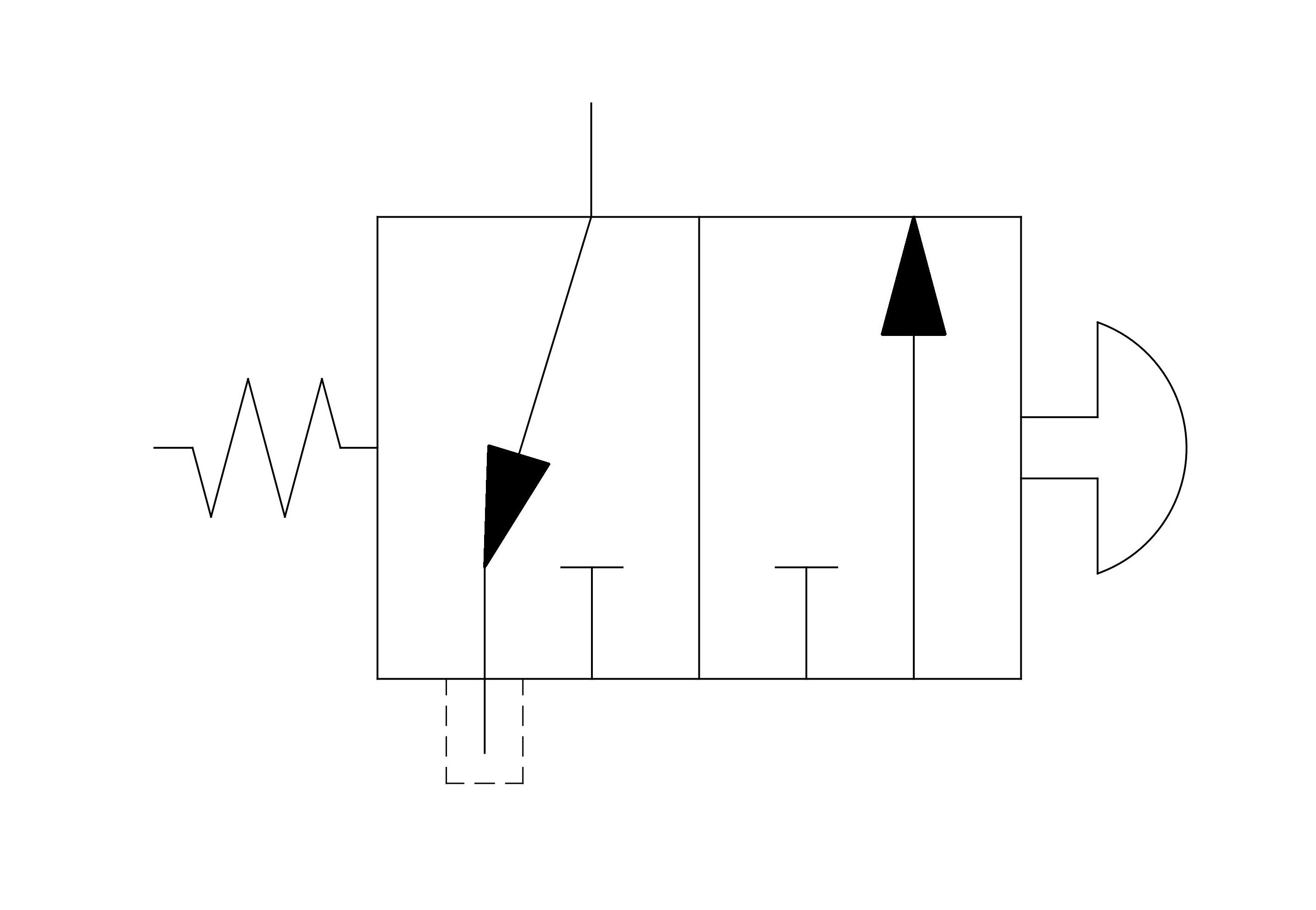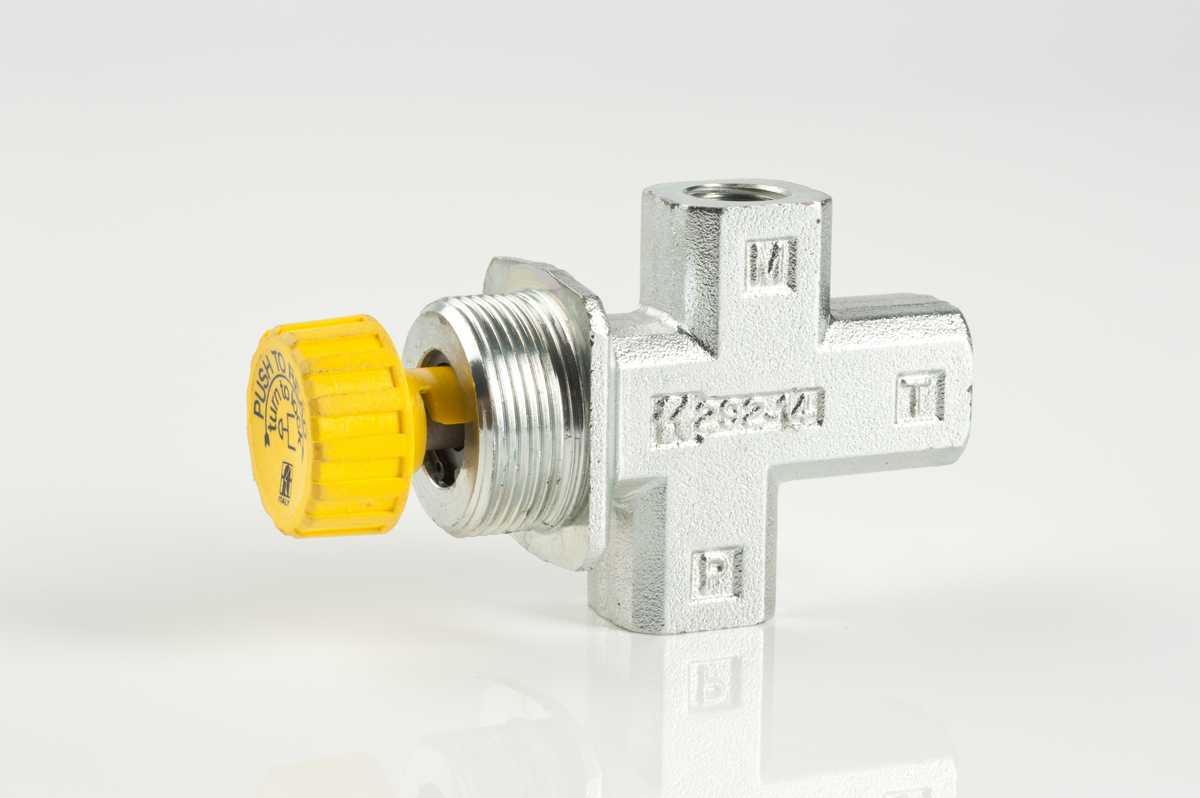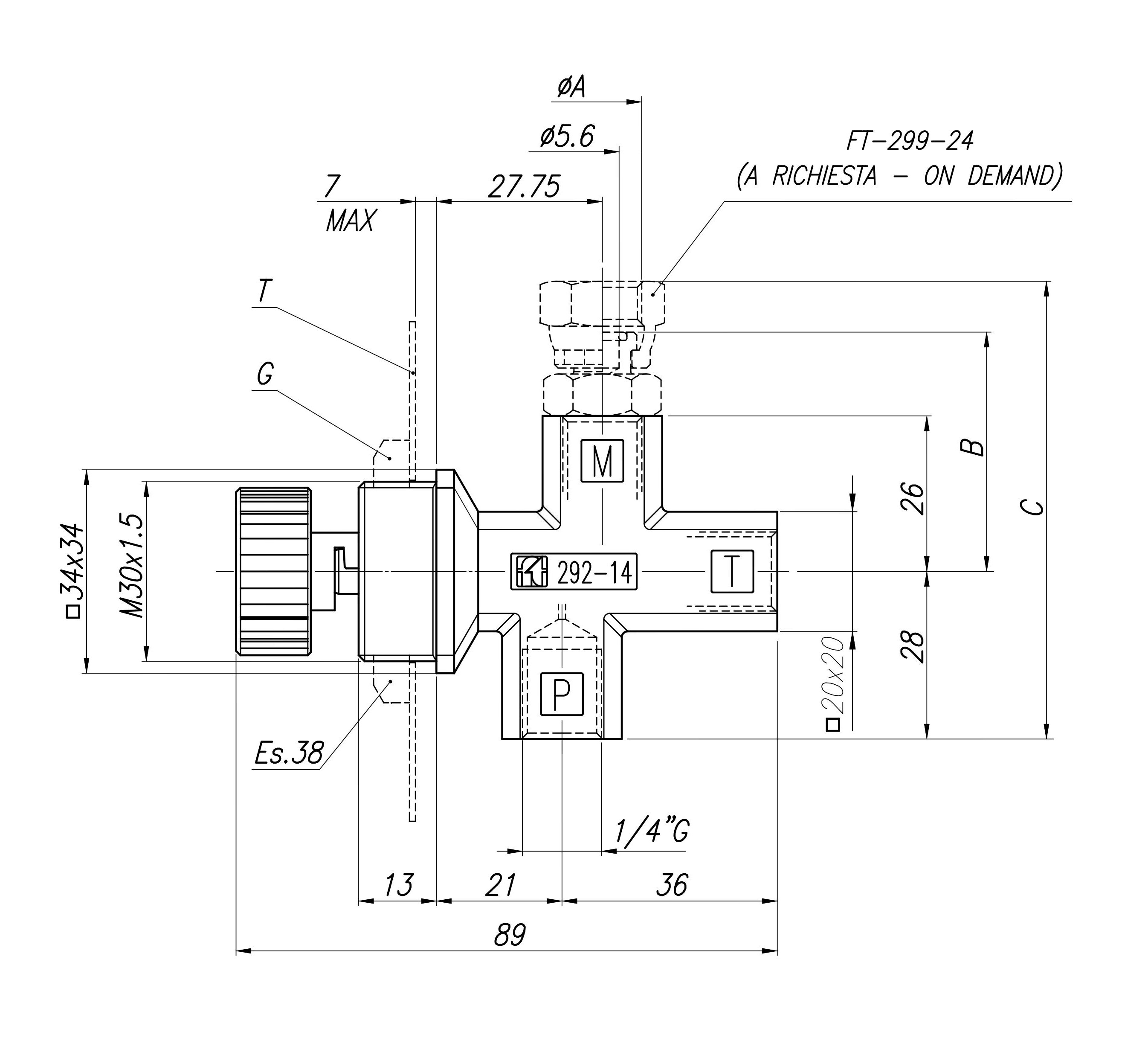FT 292


Product code composition
Choose the different options below to configure the most useful product code for your needs.
The code will be generated and sent automatically by clicking on "Submit a request".
* (Male-Female)
** (Female-Female - standard for FT 292)
*** (Plate Cetop 03)
**** (Plate)
01 (Female-Female)
04 (Rigid pipes - DIN 2353)
05 (Flexible pipes DIN 3861-DIN 7611)
* (BSPP - standard)
** (BSPT-BSPP - standard)
NPT
* ( NBR - standard )
** (V - FPM - standard - for AISI 316 valves )
E (EPDM)
N (NEOPRENE)
S (SILICONE)
V (FPM)
The request can be sent only upon completion of all the choice fields



